Stavies is a village and the seat of the Stavies community in the Gortyna municipality, located in the Heraklion regional unit on the island of Crete, Greece. It sits approximately 10 kilometers west of Asimi, nestled on the southern edge of the Messara plain. The name “Stavies” is believed to be derived from the ancient city of Stabia in Italy. This suggests a possible connection to the Roman period and the potential founding of the village by refugees from Stabia after its destruction in 79 AD.
Historical References
The earliest documented reference to Stavies dates back to 1370, found within the Ducal Archive of Chandax, a significant repository of Venetian records during their rule over Crete. While this marks the first official mention, the village’s origins may stretch further back in time. A prevailing theory proposes a connection to the ancient Roman city of Stabia, tragically destroyed by the eruption of Mount Vesuvius in 79 AD. It is speculated that refugees from Stabia might have sought refuge in Crete, establishing the settlement that would eventually become Stavies. This theory lends a unique historical dimension to the village, intertwining its story with a significant event in ancient history.
Stavies also features in subsequent Venetian and Ottoman censuses, offering glimpses into its population and demographics over time. These records reveal the presence of both Christian and Muslim inhabitants during the Ottoman period, reflecting the complex cultural landscape of Crete under foreign rule.
Location
Situated in the southern part of Crete, Stavies enjoys a strategic location on the southern edge of the fertile Messara plain. This positioning provides access to arable land, crucial for the village’s agricultural pursuits. The village falls within the Gortyna municipality, specifically in the Kofinas municipal unit, and lies approximately 10 kilometers west of the town of Asimi. Its proximity to other villages within the Stavies community fosters connections and interactions, contributing to a sense of shared identity and belonging.
Population Data Over the Years
Year |
Population |
|---|---|
1583 |
206 |
1834 |
– |
1881 |
46 |
2011 |
211 |
The Venetian census of 1583 recorded a population of 206 inhabitants. During the Ottoman period, the village had a mixed population, with records from 1834 indicating the presence of 4 Muslim families, and 1881 showing 46 Muslim inhabitants. The 2011 census recorded a population of approximately 211 inhabitants, suggesting a relatively stable population in recent times.
Historical Significance
The historical significance of Stavies is multifaceted. Its potential connection to the ancient city of Stabia adds a layer of historical depth, suggesting a link to a major event in Roman history. The village’s continuous habitation through Venetian and Ottoman rule underscores its resilience and adaptability in the face of changing political landscapes. Furthermore, Stavies’ role as the administrative center of the Stavies community highlights its importance in the local context, serving as a hub for governance and community activities.
Current Status
Stavies today is a small village with a predominantly agricultural economy. The cultivation of olives, grapes, cereals, and fodder plants remains central to the livelihoods of its residents. While the village lacks its own schools, students have access to educational facilities in nearby Vagionia and Asimi.
Stavies serves as the administrative heart of the Stavies community, which also includes the villages of Kapetaniana, Akamotos, and Fournofarango. The village maintains its cultural vibrancy through events like the “Cultural Summer,” fostering a sense of community and celebrating local traditions.
The village has a church dedicated to the Dormition of the Theotokos (Virgin Mary). In recent years, Stavies has also established a “Cultural Summer” event, featuring various cultural activities, including concerts and festivals.
Village Key Points
- Historical References: Stavies is first mentioned in a document from the Ducal Archive of Chandax in 1370. It is believed to have possibly been a settlement from the Roman period, founded by inhabitants of Stabia, Italy, which was destroyed in 79 AD by the eruption of Mount Vesuvius.
- Location: Southern Crete, in the Gortyna municipality, on the southern edge of the Messara plain.
- Historical Significance: The village’s potential connection to the ancient city of Stabia adds a layer of historical intrigue. Its presence in Venetian and Turkish censuses indicates its continuous habitation through different periods.
- Current Status: Stavies is a small village with a population primarily engaged in agriculture. It serves as the administrative center for the Stavies community, which also includes the villages of Kapetaniana, Akamotos, and Fournofarango.
Access
Stavies is 18.3 kilometers away from the town Zaros and 7.0 kilometers away from Asimi















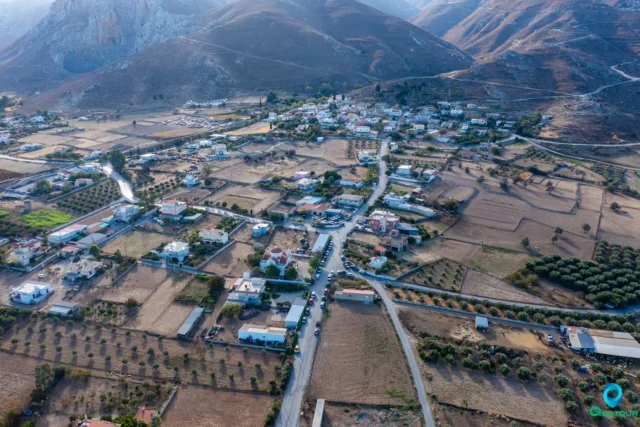

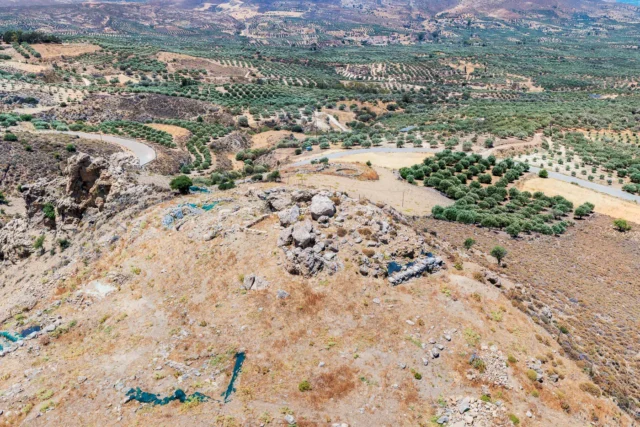

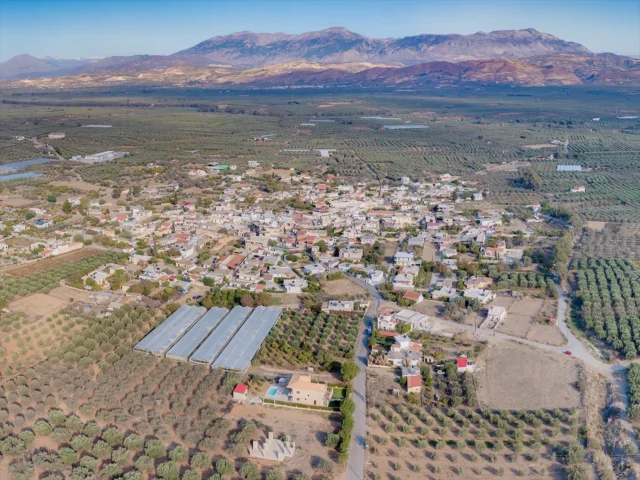
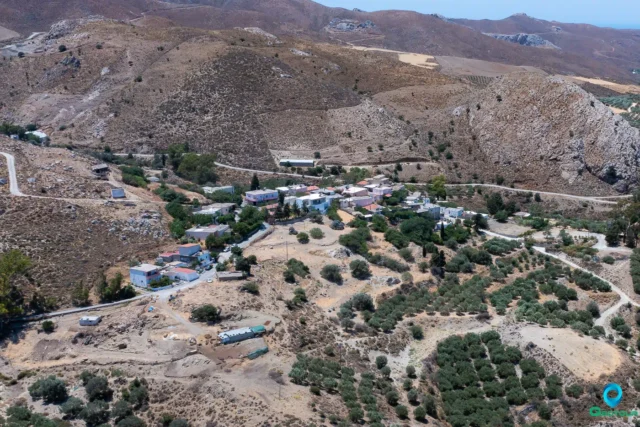
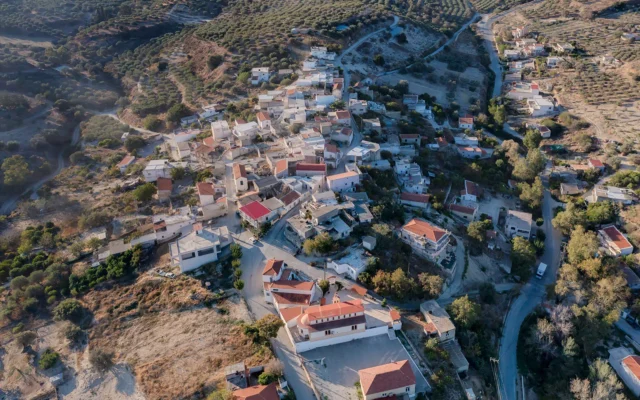
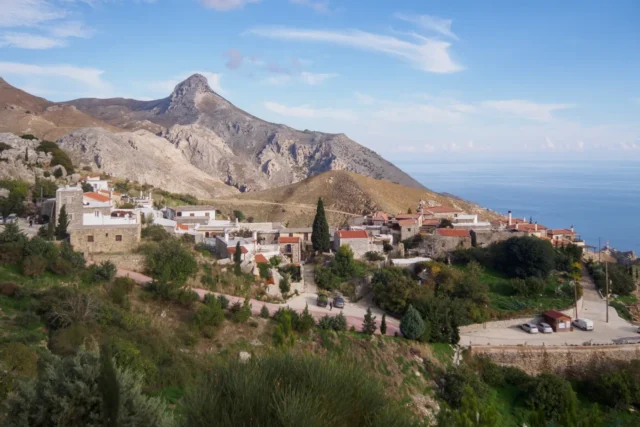
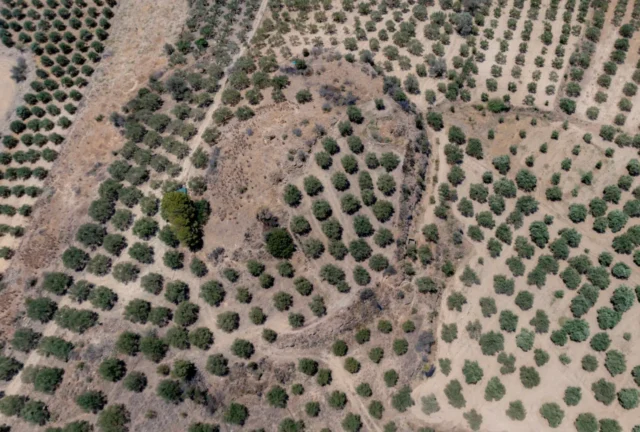
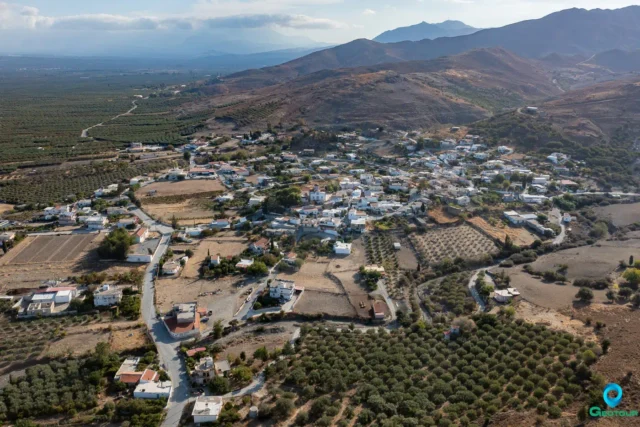

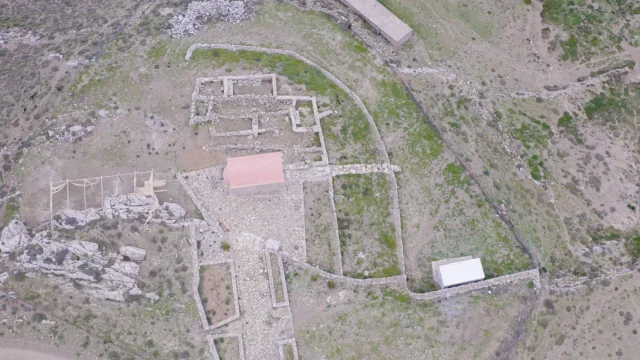

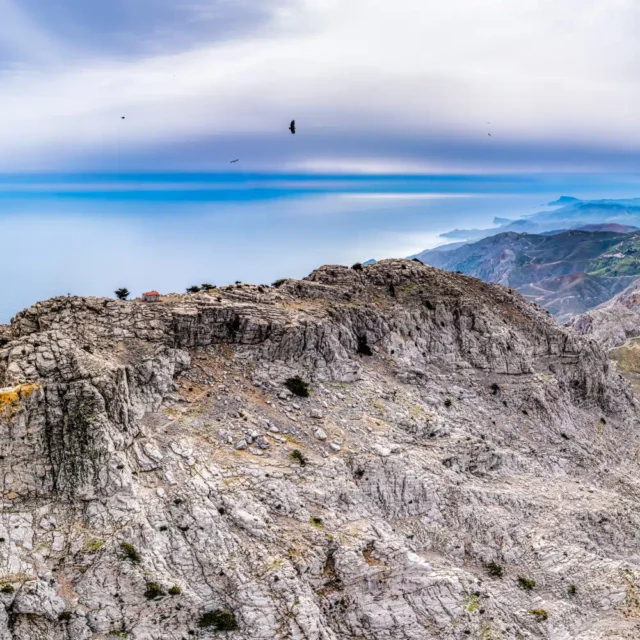

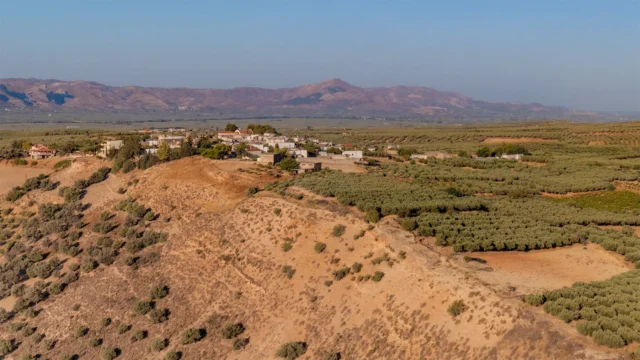


There are no comments yet.